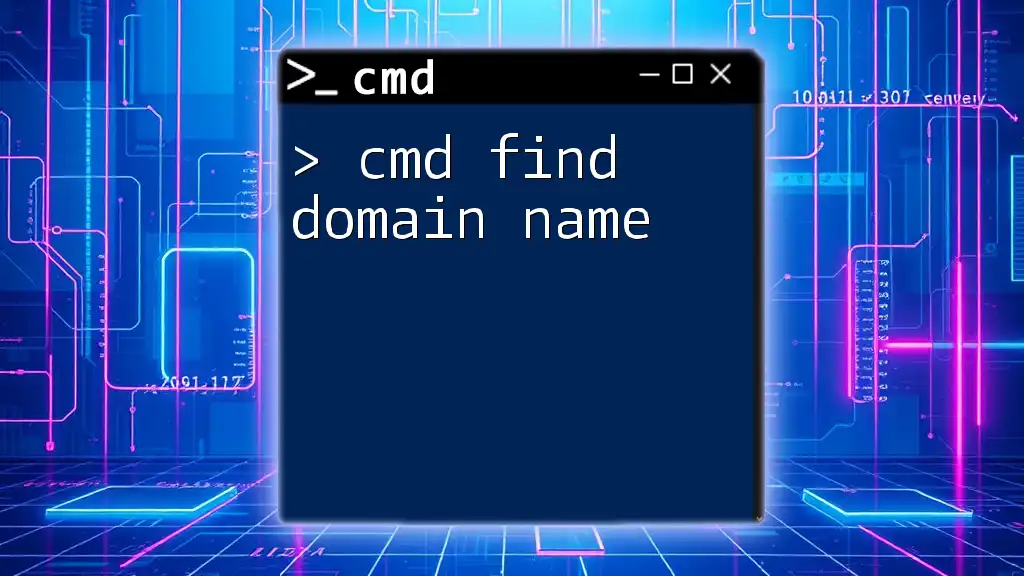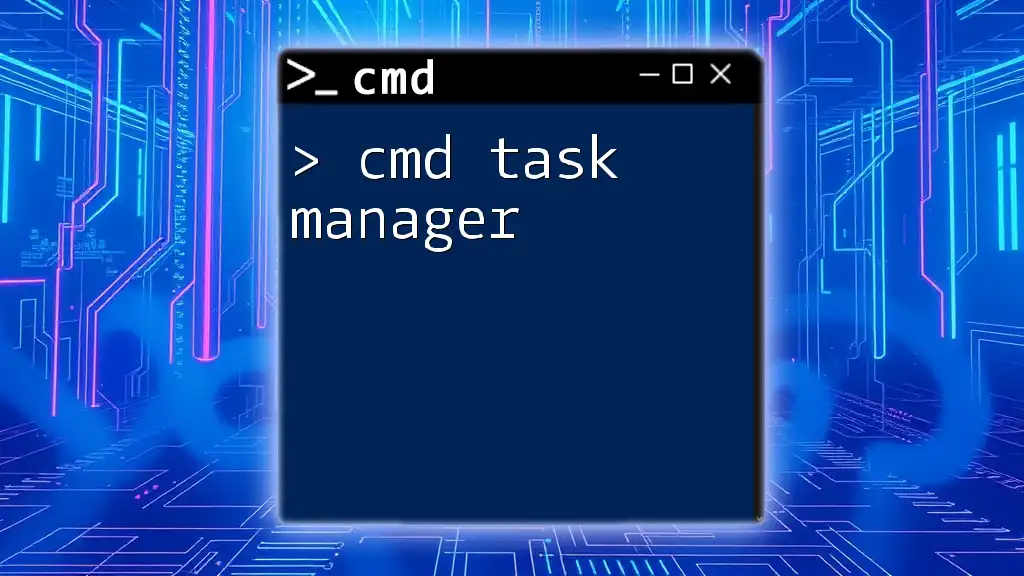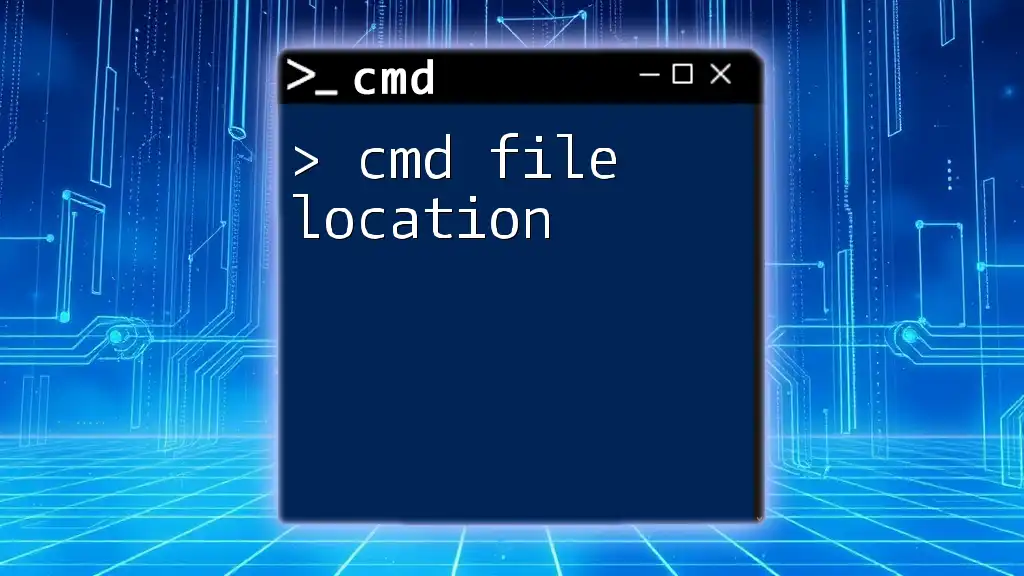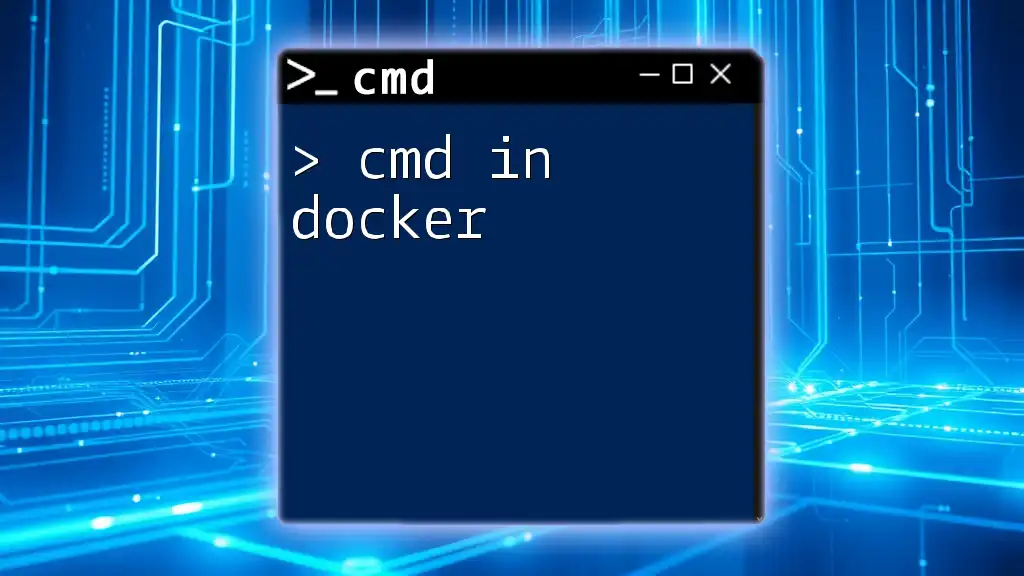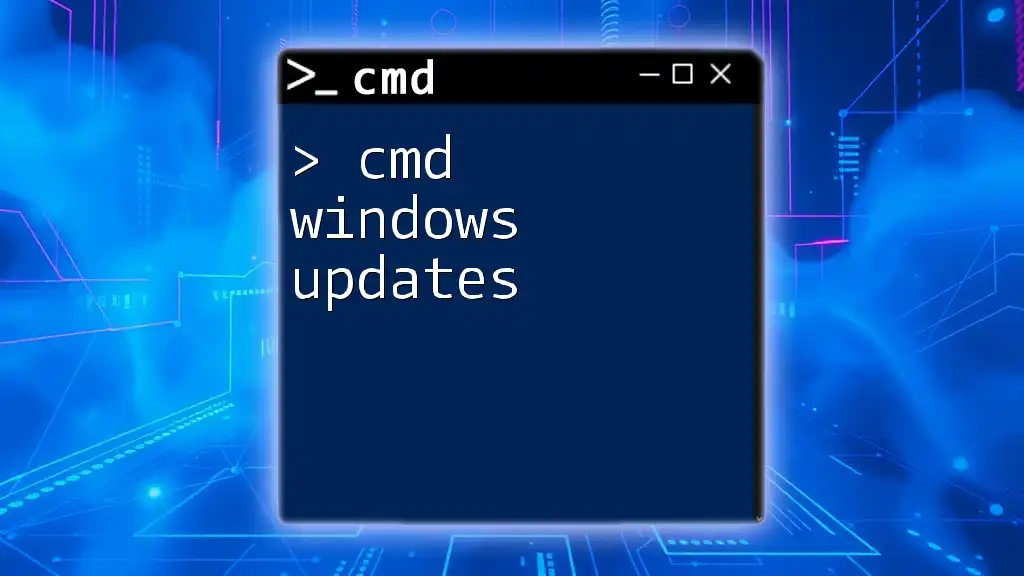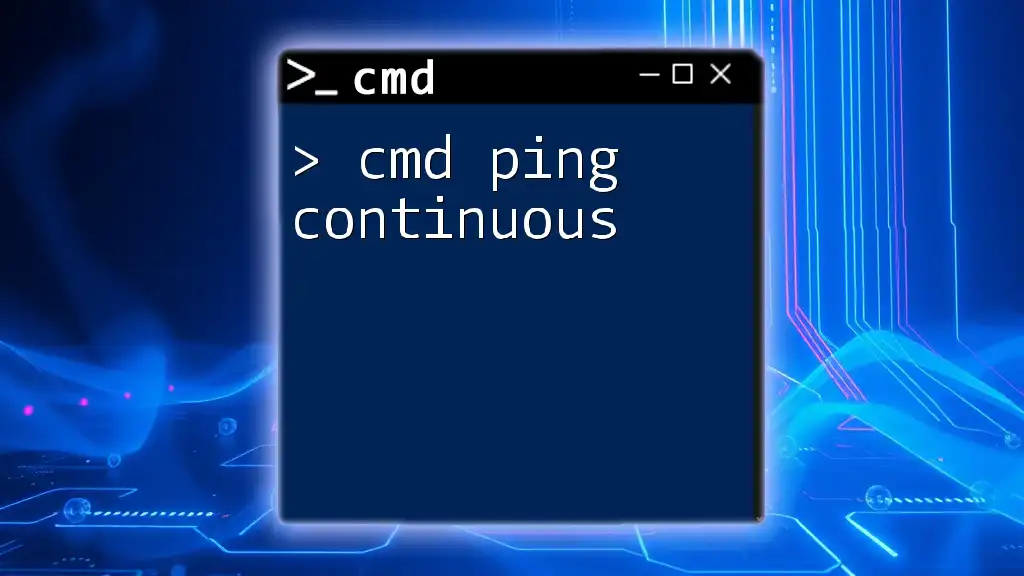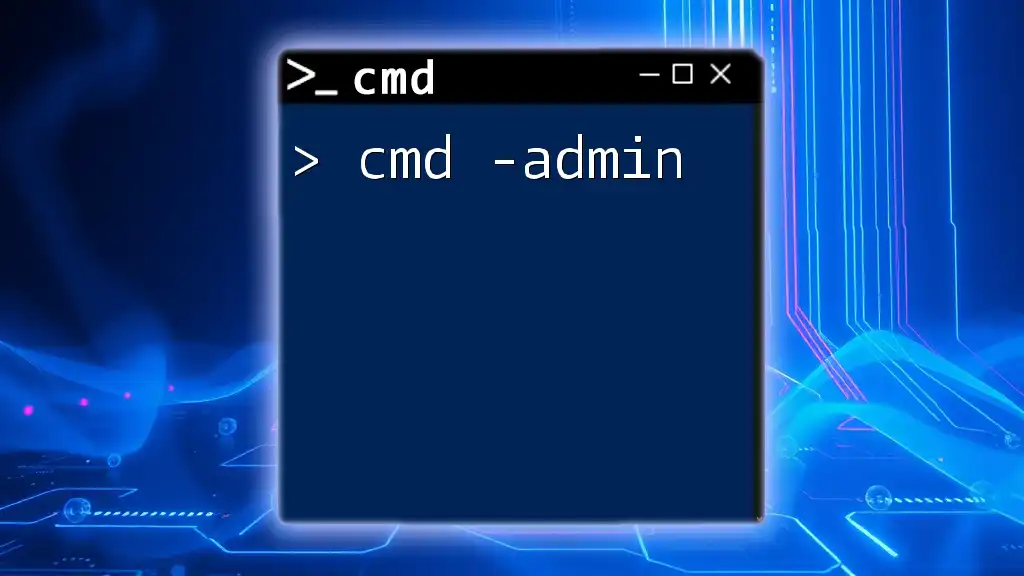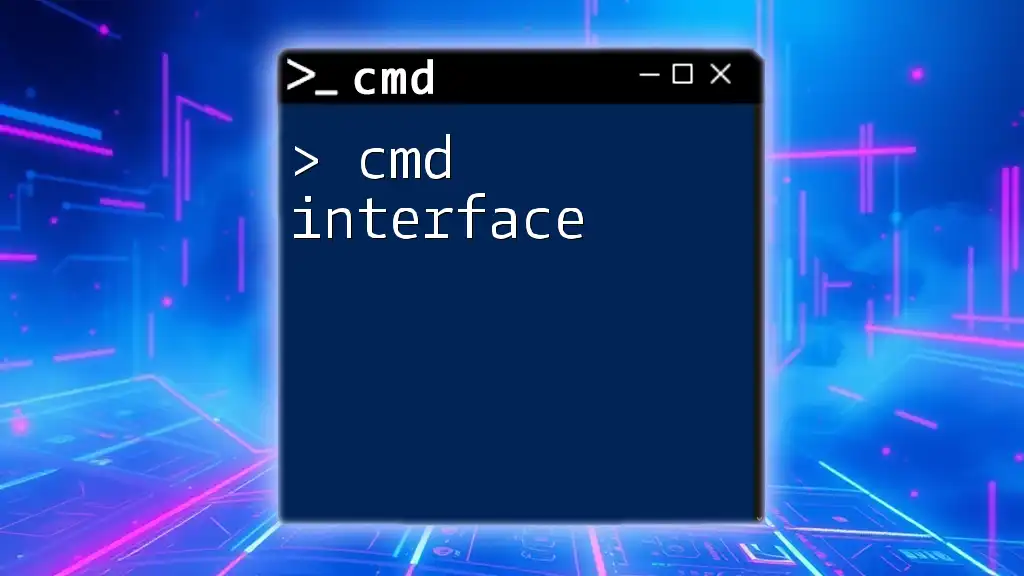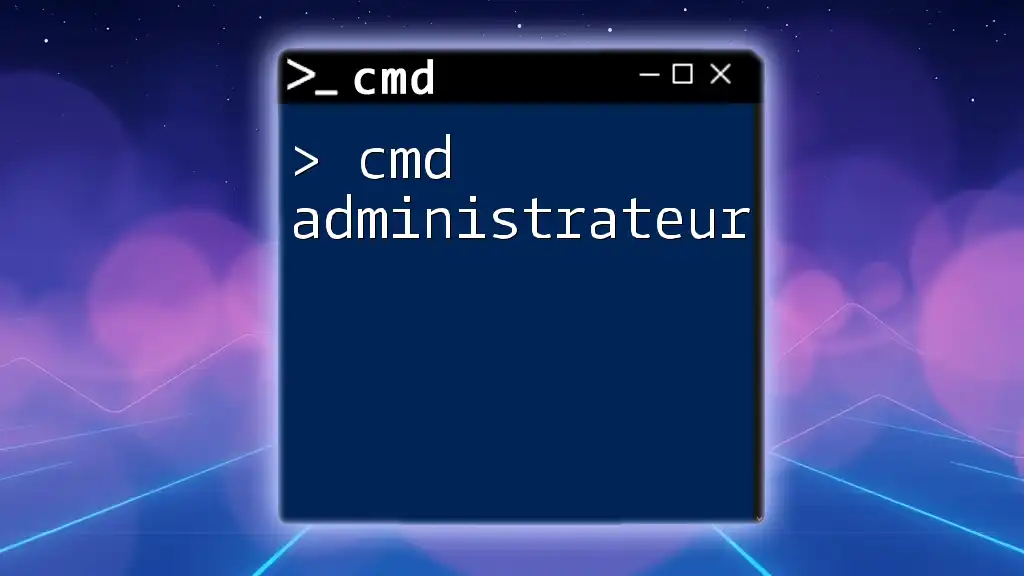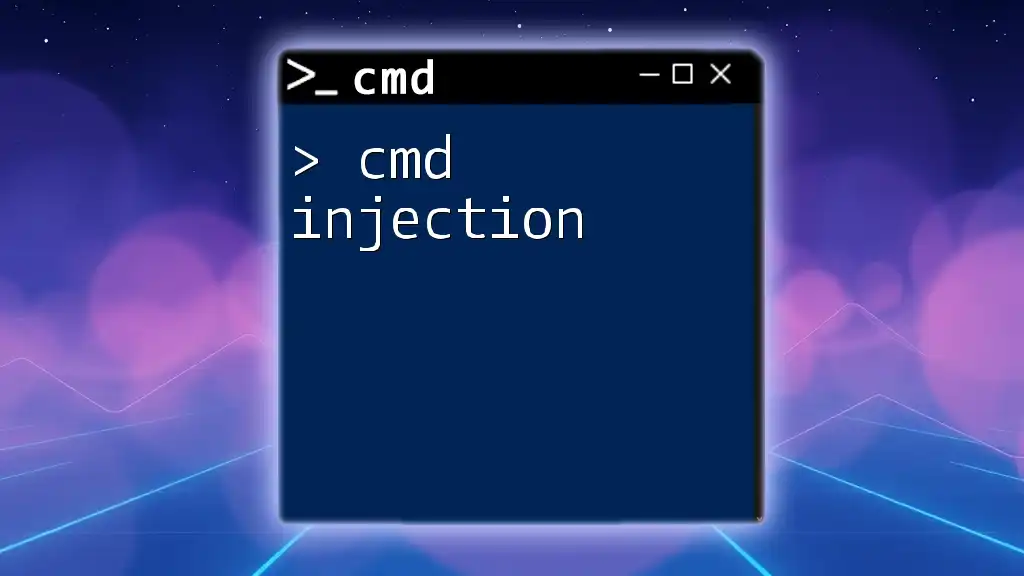You can quickly find the domain name of your computer using the Command Prompt by executing the command below, which retrieves the fully qualified domain name (FQDN).
hostname /f
Understanding Domain Names
Definition of a Domain Name
A domain name serves as the human-readable address of a specific location on the internet. It translates an IP address into a format that is easier for people to understand and remember. For example, instead of typing an IP address like `192.0.2.1`, you can use a domain name such as `example.com`.
Importance of Finding a Domain Name
Finding a domain name using command line tools is invaluable for various reasons. Whether you need to:
- Troubleshoot network connectivity issues.
- Verify domain name availability for a project.
- Obtain network configuration information for management tasks.
Knowing how to utilize CMD to find domain names can greatly streamline your workflow and enhance your understanding of your network's structure.
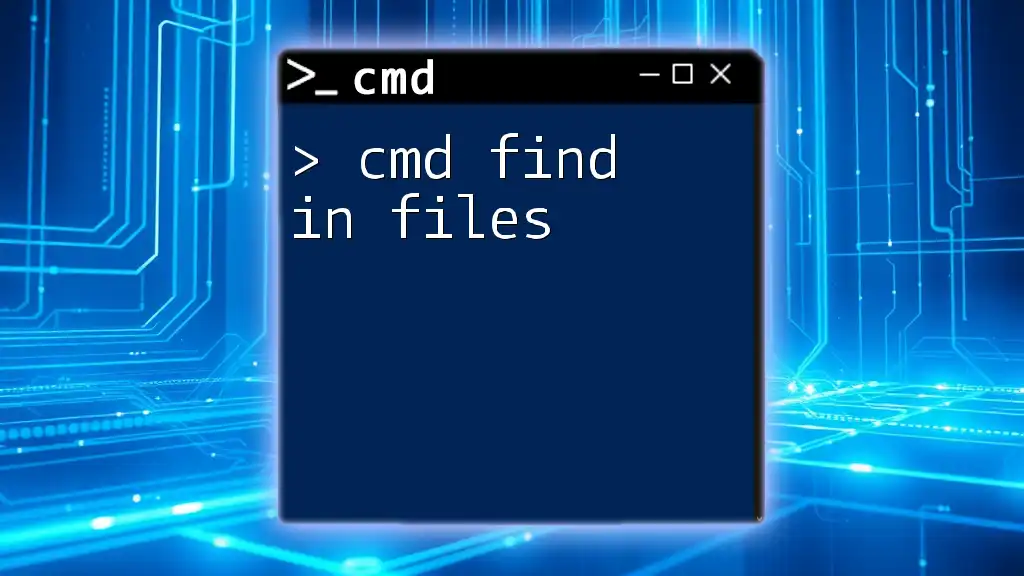
Getting Started with CMD
Opening Command Prompt
To get started with CMD, you need to launch the Command Prompt in Windows 10. Here’s how:
- Press `Windows + R` to open the Run dialog.
- Type `cmd` and press `Enter`, or search for "Command Prompt" in the Start menu.
- Right-click on the Command Prompt and select "Run as administrator" for elevated privileges if needed.
Basic CMD Commands Overview
Familiarizing yourself with key CMD commands will help you effectively navigate and operate within the command line. Some commands of importance include:
- ipconfig: Retrieves network configuration details.
- ping: Checks the connectivity to a domain or IP address.
- nslookup: Queries the Domain Name System (DNS) to obtain domain and IP information.
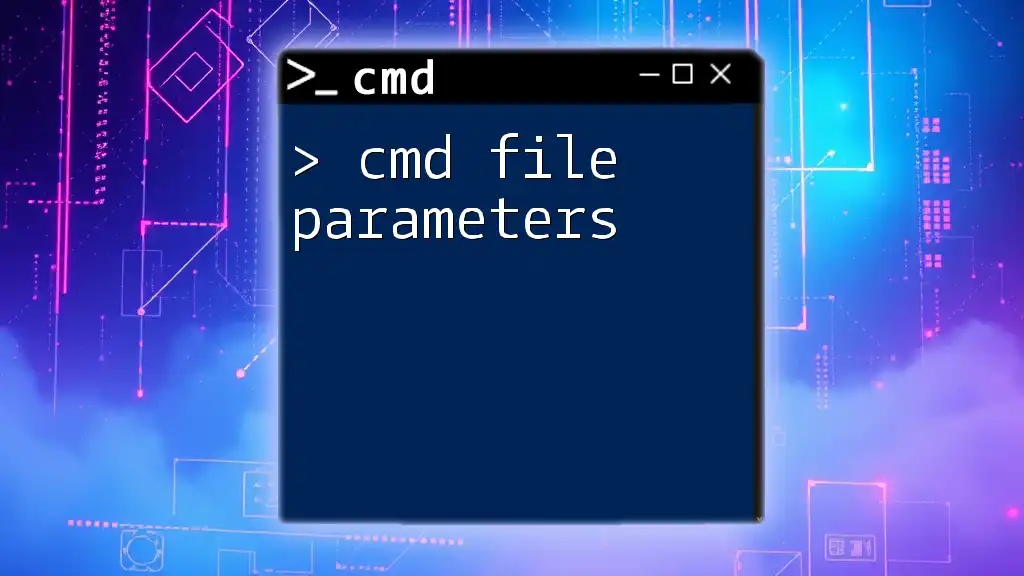
Using CMD to Find Domain Name
Basic Domain Lookup Commands
cmd get domain name: Using nslookup
One of the primary methods to find information about a domain name is using the `nslookup` command, which queries the DNS to retrieve corresponding IP addresses and domain details.
To use `nslookup`, type the following command:
nslookup example.com
The output typically includes:
- The server being queried.
- The corresponding IP address for the domain.
For instance, the result may look something like this:
Server: dns.example-server.com
Address: 192.0.2.53
Non-authoritative answer:
Name: example.com
Addresses: 192.0.2.1
Finding Domain Name for Your Local Machine
cmd show domain: Using ipconfig
To find your local machine's domain name, you can utilize the `ipconfig` command. This command provides essential details about your network configuration.
Run the following command:
ipconfig /all
Look for the section labeled "Primary Dns Suffix". This typically lists your machine’s domain name, allowing you to identify your network’s domain structure.
Checking Domain Availability
cmd check domain: Using ping
The `ping` command can also be employed to check if a domain is accessible. This command sends packets to the domain and records the response, which tells you if the server is reachable.
To check a domain availability, execute:
ping example.com
Depending on the output, you'll see packets sent and received. A successful ping response indicates that the domain is active and reachable, while a timeout signal suggests that the domain may not exist or communication is blocked.
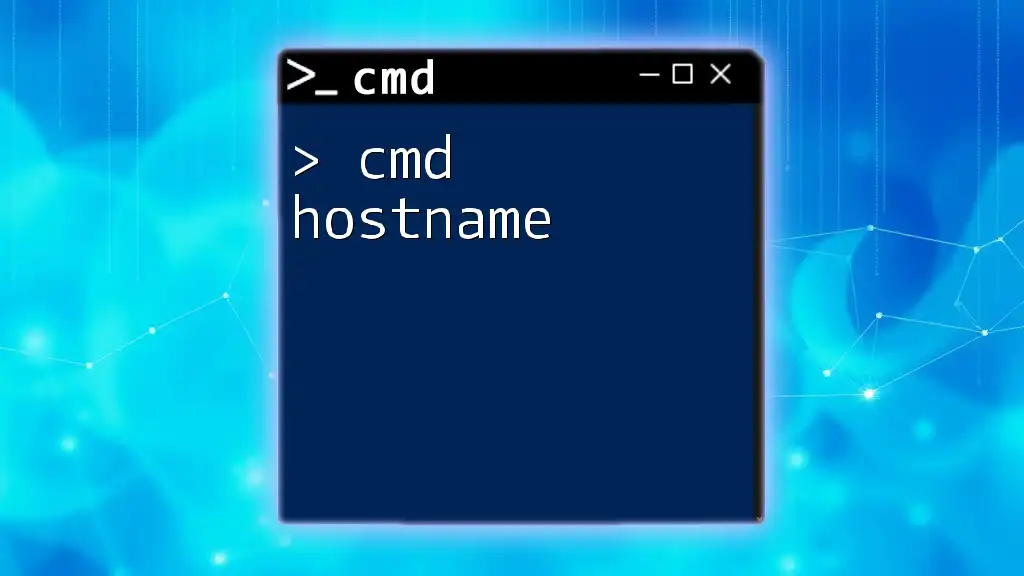
Advanced Techniques for Domain Name Discovery
Using WHOIS Command in Windows
The WHOIS command lets you retrieve ownership and registration details of a domain. While CMD doesn't natively support WHOIS queries, you can use alternate tools like the third-party website WHOIS.net or similar.
If you're using PowerShell, you can get WHOIS-like information with the following command (you’ll need a suitable script or module) or alternatively by visiting WHOIS websites directly.
Tracing the Domain with Tracert
cmd show domain route: Using tracert
To visualize the route packets take to reach a domain, you can utilize the `tracert` command. This is especially useful for diagnosing connectivity problems and understanding network paths.
To execute a trace, type:
tracert example.com
The output displays each hop along the route to the destination. You’ll see the IP addresses of the routers involved along the way, giving insight into where potential delays might be occurring.
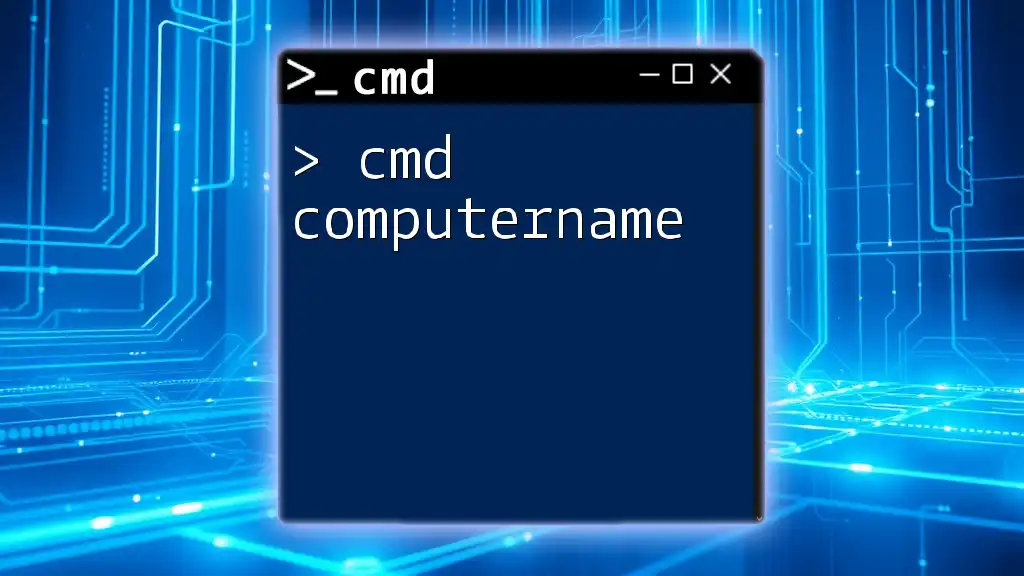
Troubleshooting CMD Domain Name Search
Common Issues and Solutions
When attempting to find domain names through CMD, you might encounter some challenges. Here are some common issues and their solutions:
- Permissions: Ensure you are running CMD with administrator rights to prevent access issues.
- Blocked Queries: Some firewalls or network configurations may block DNS queries. If you're facing timeouts, check your firewall settings or use another network.
- Misconfigured DNS Settings: If your DNS isn’t correctly set up, commands like `nslookup` may return errors. Verify your DNS settings in your network configuration.
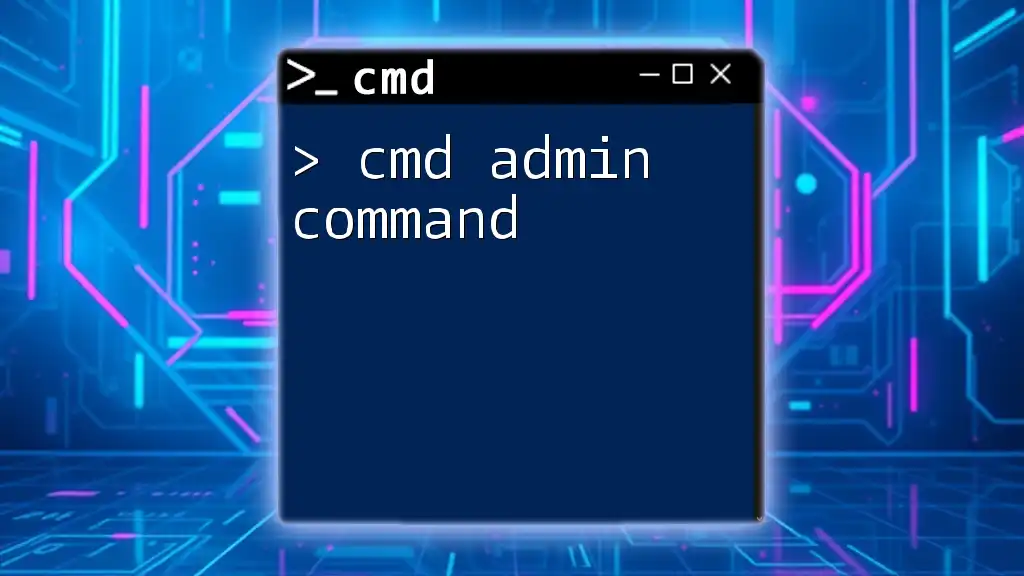
Conclusion
Utilizing CMD commands to find domain names can greatly enhance your networking capabilities. Commands such as `nslookup`, `ipconfig`, `ping`, and `tracert` provide invaluable insights into both local and remote domain names. It is highly encouraged to practice these commands to develop your proficiency in network management.
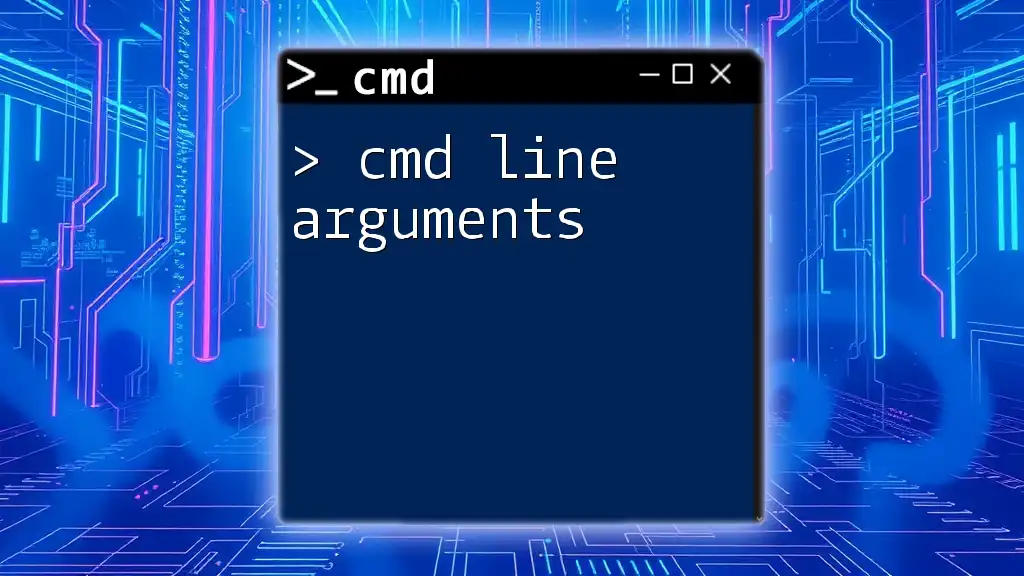
Additional Resources
For a deeper understanding, explore official CMD documentation and guides on advanced networking techniques.
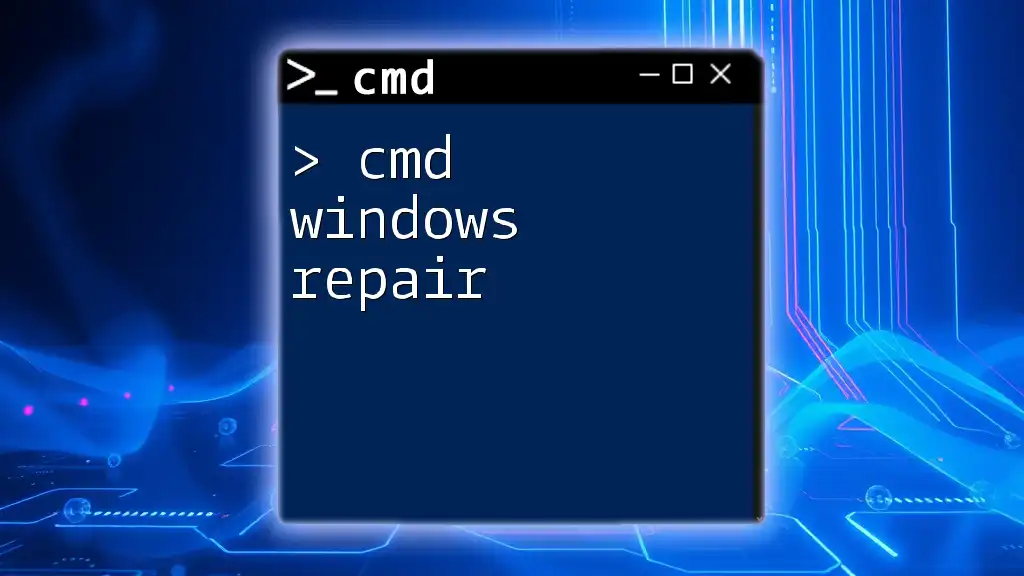
Call to Action
Try these commands and share your experiences. Let us know how CMD has improved your domain management skills. Stay tuned for upcoming posts that delve even deeper into CMD commands and their utilities!

